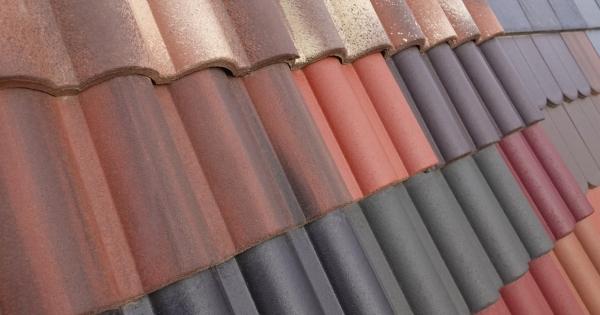Learn the secret to long-lasting, leak-free roofs

By Andrew Schmidt, Showalter Roofing.
Having a proper drainage system on your flat roof is crucial for safety and savings.
Many commercial buildings are designed with flat roofs because they are a very cost-effective and functional roof design option. But the flat nature of the roof that gives it so many benefits also presents a challenge — drainage. Without proper drainage, flat roofs can suffer from a myriad of problems, from water accumulation to structural damage.
The experts here at Showalter Roofing want to emphasize that proper drainage isn’t just a good idea, it’s a necessary one. Keep reading to learn why roof drains are crucial for the success of your flat roof and how you can maintain them for the best performance.
Three reasons this all matters
1 - Prevents water accumulation
The primary role of effective drainage is to prevent standing water from accumulating on your roof. Water that stands for more than 48 hours can seep into the roofing membrane, weakening it. It can also lead to leaks, mold growth and structural damage, all of which can be costly to fix.
2 - Ensures building safety
Pooled water on a roof can add significant weight, putting stress on the building’s structure. In extreme cases, this can lead to roof collapse, posing a safety hazard to occupants.
3 - Improves energy efficiency
Water on a flat roof can affect the roof’s thermal performance. Good drainage ensures the roof remains insulated. This in turn helps with regulating the building’s temperature and reducing energy costs.
Three ways to optimize your roof drainage system
1 - Design and installation
Proper drainage starts with good design. Proper installation means installing your roof with a slight pitch towards drainage points to promote water runoff. It also involves choosing the right type of drainage system for your building.
2 - Regular maintenance
Even the best-designed drainage systems can fail if not cared for. Regular inspections can identify and address issues like blockages or damage that can impede water flow. Ensuring your drainage paths are clear is especially important following severe weather.
3 - Drainage solutions
There are several drainage systems suitable for flat roofs, including interior drains, scuppers and gutters. Interior drains, hidden within the building’s structure, are great for large roofs. Scuppers, which are openings on the side of the roof, are good for quickly directing water away from the building, preventing water damage. Gutters, meanwhile, are a common choice for collecting water and directing it away from the building’s foundation.
Professional assessment and repair
Working with seasoned roofing professionals can help you understand your roof’s drainage needs. Regular inspections can catch potential problems early, while skilled repairs can ensure that your drainage system remains effective in the long term.
Original article source: Showalter Roofing
Learn more about Showalter Commercial Roofing in their Coffee Shop Directory or visit www.showalterroofing.com.










Comments
Leave a Reply
Have an account? Login to leave a comment!
Sign In